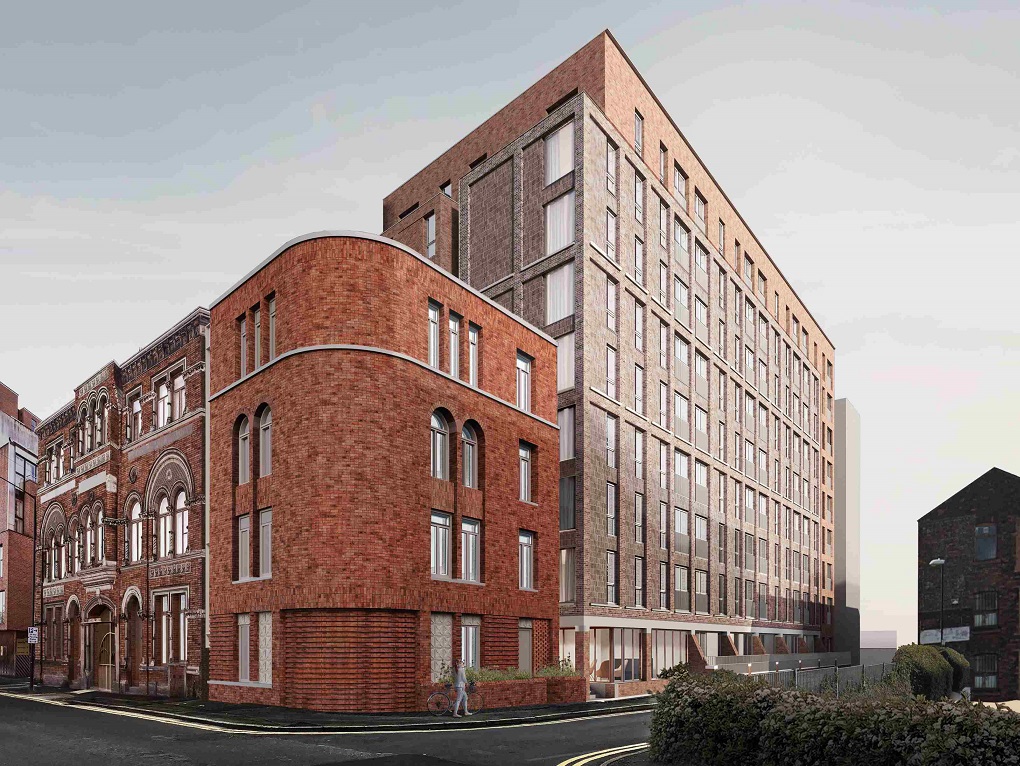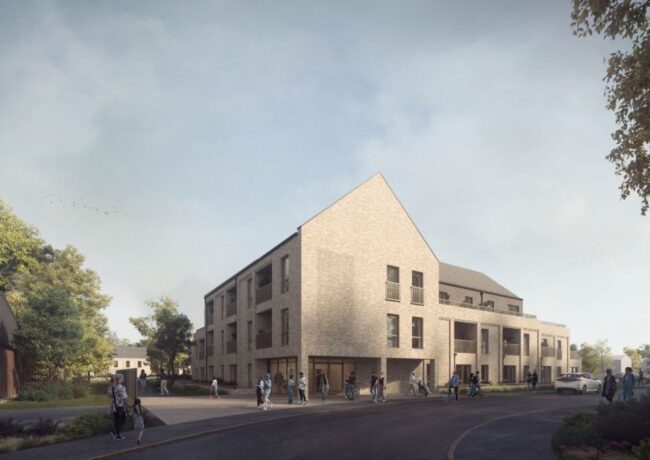RESOURCES | What really is civic engineering?
The definition of an ‘engineer’ is impressively broad – we are described as professional practitioners of engineering, concerned with applying scientific knowledge, mathematics and ingenuity to develop solutions for technical, societal and commercial problems, writes Stephen O’Malley of Civic Engineers. A particular favourite cites us as, ‘a person capable of making things work in unfathomable ways, see also wizard and magician.’
This best engineering outcomes require a holistic approach and that’s the approach we take using the term ‘civic engineering.’ Yes, our work covers the well understood civil and structural engineering disciplines but it is so much more sophisticated and complex than that. Society has changed. We live in complex environments where people have different values and conflicting goals, yet they all have to interact and make decisions together. This means the demands on us as engineers have changed. The focus can no longer be about relying heavily on the technical-rational responses and simple processes to evaluate risk, which tend to favour the risk averse.
We must recognise we have a real ability to influence how individuals experience places; whether that is a building, a street, a neighbourhood or a city. We must align ourselves with the political and policy objectives of bolstering economic vitality, providing opportunity, education, improving health, encouraging active lifestyles and enabling wellbeing. These elements must be priorities for us, as the character and environment of the places and buildings we are responsible for creating can directly affect all these elements.
We must be at the heart of the professional and community teams; encouraging true collaboration, designing materials, structures and systems, whilst considering the limitations imposed by practicality, regulation, safety and cost.
Ultimately, our responsibility is to ensure our work enhances the quality of life for people in the built environment, working within the sensible limitations of the natural environment; building not destroying, exploring not exploiting, reusing not just using, listening and learning, enabling wellbeing – all to create a lasting legacy.
This article was originally published through Place Resources



